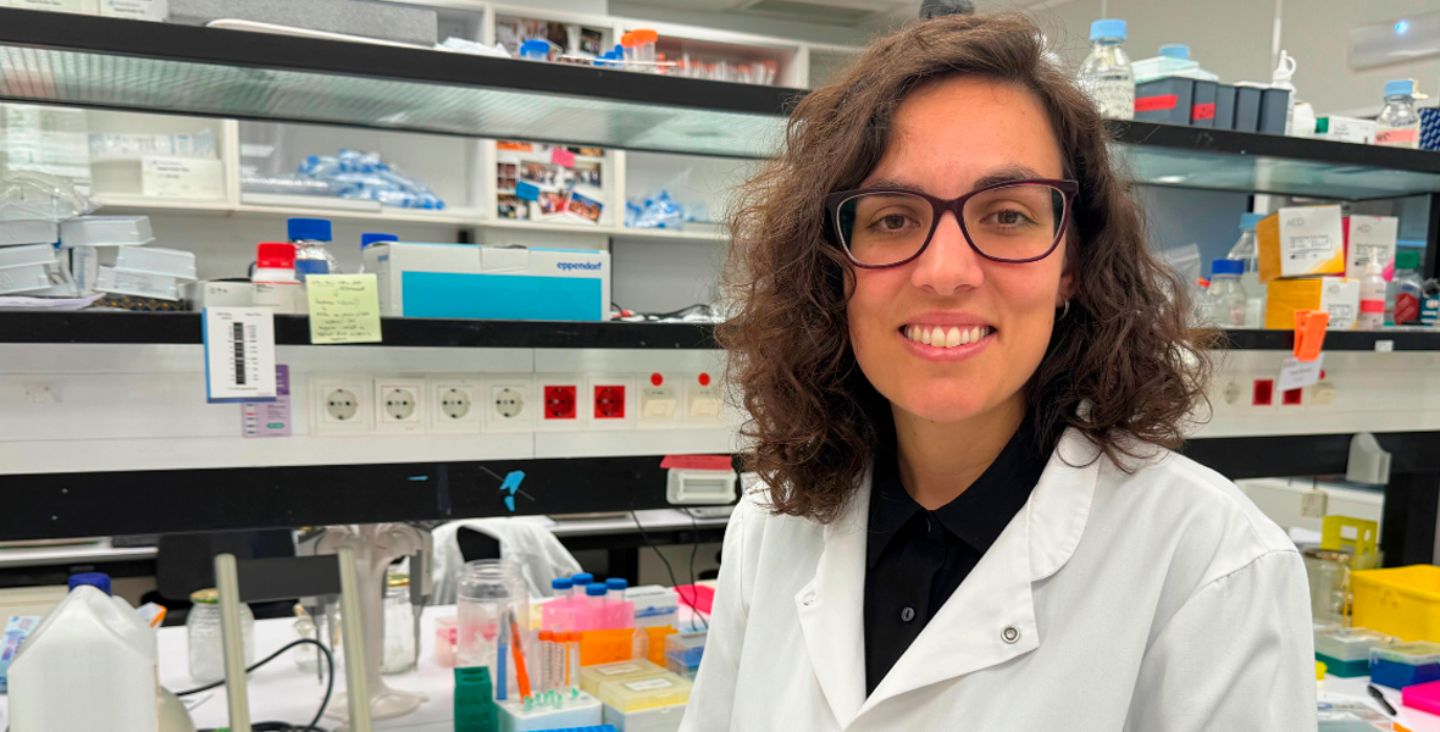Gene therapy and CRISPR: a promising future for polycystic kidney disease
Research into gene therapy and DNA editing opens the door to new therapies for polycystic kidney disease and the development of solutions for hereditary kidney diseases.

La Dra. Nerea Zabaleta
What is autosomal dominant polycystic kidney disease (ADPKD) and why is it such a common disease?
It is a genetic disease with autosomal dominant inheritance, meaning that if one parent has the disease, there is a 50% chance that their children will also have it. ADPKD mainly affects the kidneys, which develop cysts that accumulate throughout the patient's life. These patients, around 50-60 years of age, develop kidney failure and require dialysis or a kidney transplant. In addition, patients may have other symptoms such as hypertension and kidney or heart disease, among others. The fact that it is an autosomal dominant inherited disease and that patients have a longer life expectancy than in other genetic diseases means that the prevalence of the disease is very high (approximately 1 in 1,000).
How does this disease affect the kidneys and patients' quality of life?
Type I ADPKD is caused by mutations in the PKD1 gene. This gene is important for the proper functioning of the cells in the renal tubules, which are the “tubes” responsible for producing urine in the kidney. In patients, the tubule cells divide uncontrollably and release fluid, causing cysts to form. The accumulation of cysts reduces kidney function, i.e., it prevents the kidney from performing its function of producing urine correctly. When there are many cysts or they are very large, they can cause abdominal, back, or side pain and urinary tract infections, which can be incapacitating. In addition, it is very common for patients to have hypertension at a very early age and liver cysts, which must be monitored and treated. There is also a very important psychological component, as patients live with the fear of developing kidney failure and worry that their children will inherit the disease.
What is gene therapy and how could it be applied in the treatment of PQRAD?
Gene therapy involves the use of genetic information or material to treat diseases. In the case of PQRAD, the challenge is to deliver this therapeutic genetic material to the renal tubule cells. Due to the anatomical and functional complexity of the kidney, there are no vehicles (also called vectors) that are effective enough to reach the kidney. In our case, we are going to use vectors called adeno-associated vectors, which have previously been used in gene therapies targeting the liver, muscle, central nervous system, and retina, among others. These vectors can be used to effectively transfer therapeutic genes to the kidney and halt or delay the progression to kidney failure in patients with PQRAD.
What role does CRISPR technology, known as “genetic scissors,” play in your research?
CRISPR technology has developed enormously over the last decade. These “genetic scissors” allow us to precisely modify the genome of cells, also known as gene editing. In our project, we use this technology to correct mutations in the PKD1 gene in renal tubule cells and reduce the progression of kidney damage in patients.
What role does CRISPR technology, known as “genetic scissors,” play in your research?
One of the major scientific challenges is to develop efficient vectors to deliver CRISPR technology to target cells in the kidney, because if we do not express the CRISPR machinery in a large percentage of tubular cells, cysts will continue to form in cells that have not been corrected, and therefore the disease will progress. On the other hand, it is important to determine the safety of the CRISPR system, as there is a possibility that unexpected edits may be generated in other areas of the cell's genome, which could lead to toxicity. For this reason, we are considering the use of kidney organoids (mini-organs created in the laboratory) generated from patients' cells. This model allows us to study the safety of CRISPR strategies in the patient's genetic context.
Beyond PQRAD, what other kidney diseases could benefit from this project?
As we mentioned earlier, gene transfer to the kidney is limited by the lack of effective vectors. Therefore, the development of vectors could open the door to treating other genetic diseases originating in the kidney. More than 600 genes have been described that cause genetic kidney disease, so the existence of a vector could mean the possibility of generating therapies targeting many of these genes.
What message would you give to patients and families living with genetic kidney diseases regarding advances in research?
I would tell patients and their families that these types of therapies could change the management of PQRAD in the future. However, we still have a lot of research to do and we need to find ways to move forward more quickly. I would also encourage patients to learn about gene therapy and talk to their nephrologists about this therapeutic modality, as educating patients, families, and medical professionals is vitally important.
Do genetic kidney diseases predispose people to kidney cancer?
Certain genetic mutations predispose people to kidney cancer, such as Von Hippel-Lindau (VHL) syndrome, as the affected genes are directly related to tumor mechanisms. In the case of PQRAD, the correlation between the disease and kidney cancer is not as clear, and no direct correlation has been established.